<< Previous | Displaying results 3201-3250 of 6769 for "" | Next >>
Postwar photograph of partisan Jack Kakis in Arta, Greece, 1950. After the German occupation of Greece, Jack escaped from a labor camp. He returned to Athens where he became involved with the underground movement, bombing factories, and writing anti-German slogans on the city streets at night. Eventually he joined the National Liberation Front, or EAM, and took to the mountains.
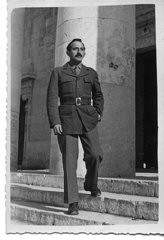
Ben Kamm in uniform after the war. Ben escaped from the Warsaw ghetto and joined partisan units to resist the Nazis. At the end of the war he discovered he was the sole survivor of his entire family.
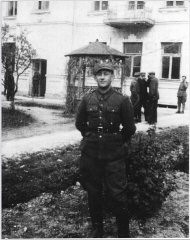
Jewish partisans Rozka Korczak (left), Abba Kovner, and Vitka Kempner in Vilna after the city was liberated. Vilna, July 1944.
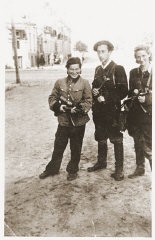
Walter Marx (standing at left) with father Ludwig, mother Johanna, and cousin Werner. In 1944, Walter joined partisans in Italy. He was the only one in the photograph to survive the Holocaust.
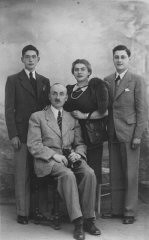
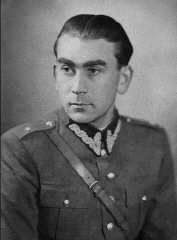
Portrait of Faye Schulman in 1938, at about 14 years old. Lenin, Poland.
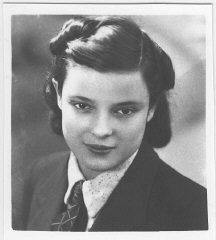
Brenda Senders in Rovno, 1944. Brenda joined a partisan unit that was constantly on the move. It occupied villages, conducted ambushes, shot passing German troops, blew up bases, and obliterated bridges and train tracks.
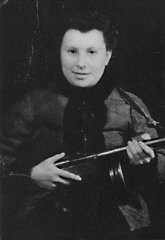
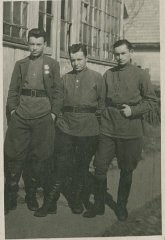
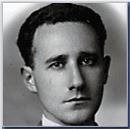
Alexander White in Chicago, 1948, after he immigrated to the United States. Nearly 40 years later Alex would run into the only other survivor of the Bor labor camp that Alexander fled from to join the partisans.
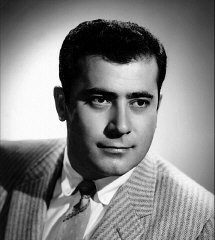
1945 portrait of Eta Wrobel who was born on December 28, 1918, in Lokov, Poland. During the Holocaust, Eta helped organize an exclusively Jewish partisan unit of close to eighty people. She was the only child in her family of ten to survive.
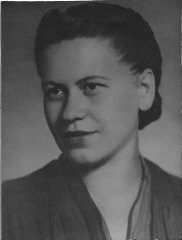
Participants in the July 1944 plot to assassinate Adolf Hitler and members of the "Kreisau Circle" resistance group on trial before the People's Court. Pictured are Dr. Franz Reisert, Dr. Theodor Haubach, Graf von Moltke, Theodor Steltzer, and Dr. Eugen Gerstenmeier.
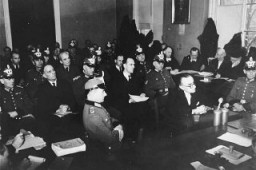
Erwin Rommel (center), German commander of the Africa Corps, at an airfield in Libya during an Axis offensive into neighboring Egypt. British troops decisively defeated Rommel's forces at El Alamein. Libya, September 8, 1942.
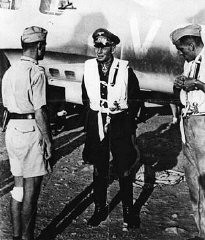
Adolf Hitler stands with his military high command at an inspection of German armed forces. From left to right: Hitler, Hermann Göring, Werner von Blomberg (armed forces), Erich von Fritsch (army) and Erich Raeder (navy). Germany, 1935.
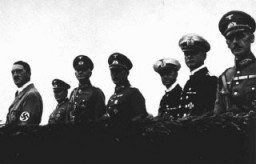
Wilhelm Keitel, head of the German Armed Forces High Command, who signed orders authorizing the shooting of Soviet prisoners of war. Germany, 1942.
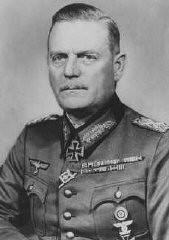
Adolf Hitler (front row, far left) served on the western front in World War I and during the course of the war was twice decorated for service, wounded, and temporarily blinded in a mustard gas attack. He used his veteran status in later election campaigns.
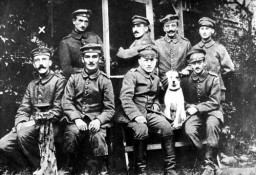
Nazi propaganda constantly reinforced the notion that Hitler was the embodiment of the national will. Here, a determined looking Hitler in military dress stands with clenched fist, poised for action above the adoring crowd. The text on the poster says "Yes! Leader, We Follow You!" (Ja! Führer wir folgen Dir!) This poster, designed for a 1934 public referendum on uniting the posts of German chancellor and president, conveys unanimous popular support for Hitler.
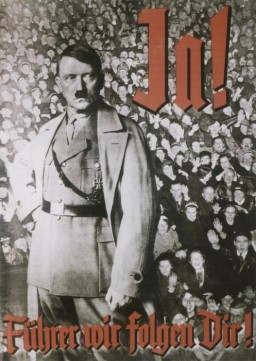
Theresia Seibel, born in 1921, was a member of the Sinti froup (Sinti and Roma are two main groups that make up the Romani, or Gypsy, ethnic minority). Theresia joined Germany’s Wuerzburg Stadttheater at age 16, performing as a singer and dancer. In 1941, she defied Gestapo orders to be sterilized and was three months pregnant with twins by the time she was called in for the procedure. She was allowed to continue the pregnancy on the condition that the babies would be given at birth to the clinic…
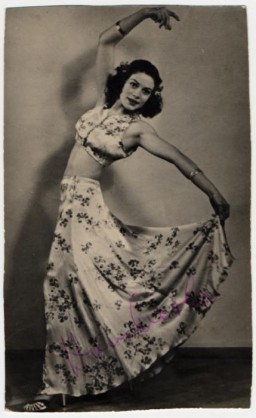
Until July 1942, Westerbork was a refugee camp for Jews who had moved illegally to the Netherlands. After the German conquest of the Netherlands, Westerbork was expanded into a transit camp for Jews deported from the Netherlands to killing centers.
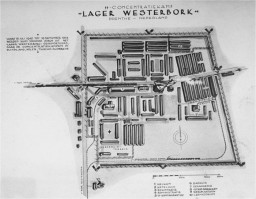
A bombed out home in Warsaw, the besieged capital of Poland. Only a chimney and a stove remain relatively intact. Photograph taken by Julien Bryan (1899-1974), a documentary filmmaker who filmed and photographed the everyday life and culture of individuals and communities in a variety of countries around the globe. In Warsaw following the German invasion of Poland, Bryan filmed and photographed the German bombardment and its impact on the Polish citizenry. He was able to leave during a brief truce that was…
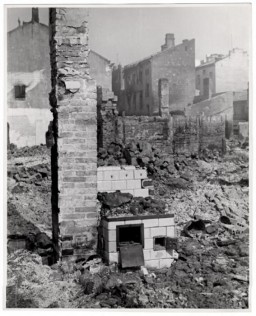
British troops at the site of a former German trench following the withdrawal of German troops to the Hindenburg line on the western front in World War I. This photograph shows a trench bridge over a German trench. Gommecourt, France, 1917.
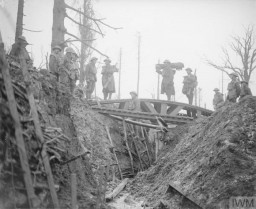
German troops during an anti-partisan operation in Belorussia, 1944.
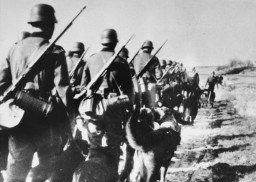
View of the camp for Roma (Gypsies) in Lodz. The original German caption for this photograph was: "Zigeunerlager" (Gypsy camp), #137. In the autumn of 1941, German police authorities deported some 5,000 Roma from Austria to the ghetto for Jews in Lodz, where they resided in a segregated section (part of which is shown in this photograph). Photograph taken between 1940 and 1944.
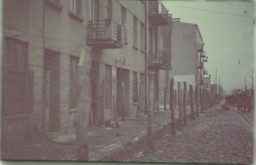
A runner begins the torch relay (the first "Olympia Fackel-Staffel-Lauf") in Oympia, Greece., ca. July 1936. The 1936 Games were the first to employ the torch run. Each of 3,422 torch bearers ran one kilometer (0.6 miles) along the route of the torch relay from the site of the ancient Olympics in Olympia, Greece, to Berlin. Former German Olympian Carl Diem modeled the relay after one that had been run in Athens in 80 B.C. It perfectly suited Nazi propagandists, who used torchlit parades and rallies to…
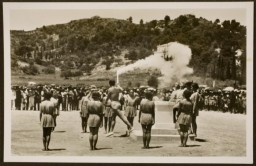
Close-up street portrait of Dawid Samoszul, probably taken in Piotrkow Trybunalski, Poland, between 1936 and 1938. Dawid was killed in the Treblinka killing center at the age of 9.
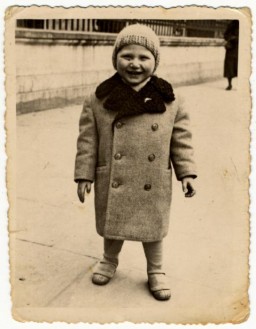
Jewish women and children are transported by horse-drawn wagon during a deportation action in the Siedlce ghetto. During the liquidation of the ghetto on August 22-24, 1942, 10,000 Jews were deported to the Treblinka killing center.
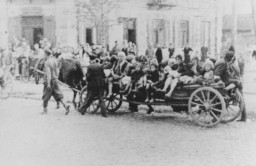
Studio portrait of Jankl Zuckerkandel, taken in The Hague, the Netherlands, in or around 1941. Jankl was killed in Sobibor at the age of three.
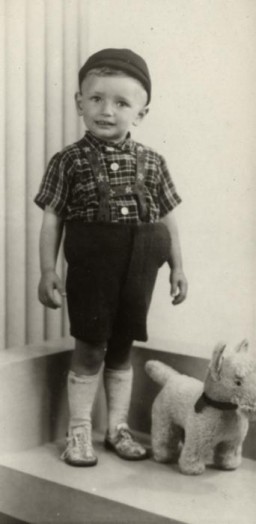
View of the Trawniki training camp showing two barracks and a watch tower. Trawniki, Poland, between 1941 and 1944.
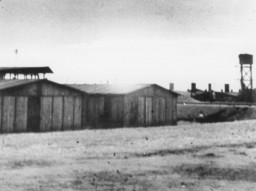
Hinda Eidenberg (center) stands outdoors in a field with her child and her niece. Pictured from right to left are: Sabina Weinstock (Hinda's niece), Hinda Eidenberg, and Hinda's child. Hinda and her child later perished in the Trawniki camp. Photograph taken in Kozienice, Poland, 1940.
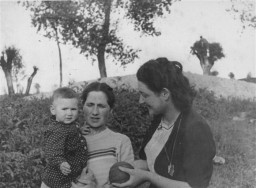
German soldiers force Soviet prisoners of war to construct a rail line. Place uncertain, 1941-1942. This photograph is from an album discovered in a search mission in an abandonend building near Nuremberg by Steven Imburgia while serving with the 633rd Anti-Aircraft Unit.
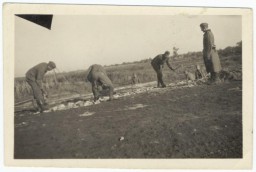
Marcelle Bock (born Marcelle Burakowski) was born in 1931. She was the oldest of three girls. She had twin sisters, two years younger than herself, named Berthe and Jenny. Her father worked as a tailor of men's overcoats. Marcelle is ten years old in this photograph. Her sisters are eight years old. Marcelle, her mother, and sisters were arrested during the roundup of July 16-17, 1942, and taken to the Vélodrome d'Hiver in Paris, France. Marcelle managed to escape during transit from…
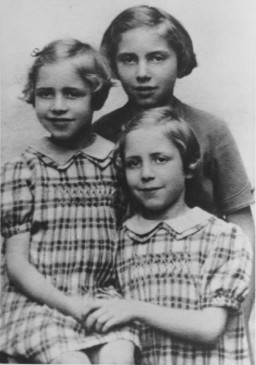
This photo of a Depression-era bread line was taken by Dorothea Lange at the White Angel Jungl...
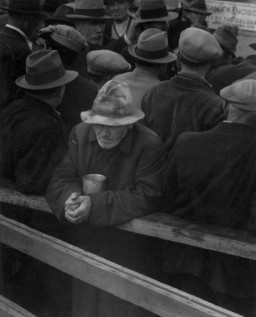
Nazi flags wave above the stadium for the Nazi Party rally grounds in Nuremberg. Architects like Albert Speer constructed monumental edifices in a sterile classical form meant to convey the “enduring grandeur” of the National Socialist movement. Photograph taken in Nuremberg, Germany, between 1934 and 1936.
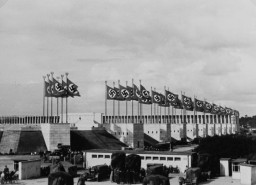
Abraham and his family fled from Berlin to Amsterdam in October 1938. They found refuge in the Netherlands until January 28, 1943, when all the members of the Muhlbaum family, except Abraham, were deported to Westerbork. Abraham escaped over the rooftops during the round-up. He gradually established a new life as a member of a Dutch resistance group that included Joop Westerweel. In 1944, Abraham was arrested as a member of the resistance (his Jewish identity remained hidden). He was held…
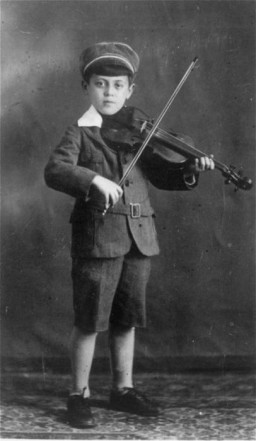
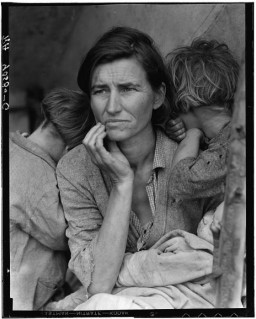
Nazi Germany’s dedicated filming of itself became evidence of its crimes and was displayed at the International Military Tribunal at Nuremberg. Learn more.
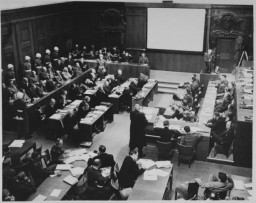
Lawyer Robert Kempner was expelled from Germany in 1935. After WWII, he would return to serve as assistant US chief counsel during the IMT at Nuremberg.
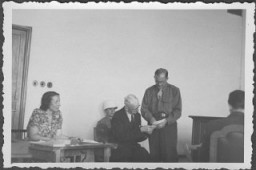
Architect James Ingo Freed designed the United States Holocaust Memorial Museum.
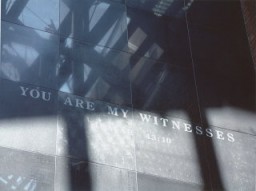
Learn about trends that developed during and immediately after WWI that brought antisemitism, including its racist variant, into the mainstream of European politics.
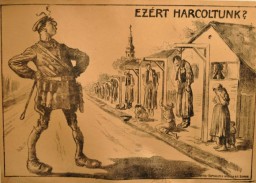
Antisemitism (hatred of Jews) predominated in Nazi ideology. The Nazis built upon centuries of anti-Jewish sentiment. Learn about antisemitism in Nazi ideology.
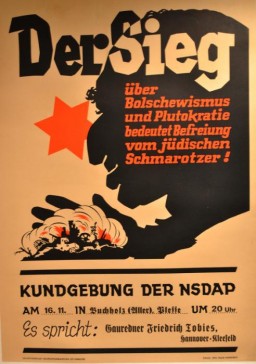
Ernst Toller was one of the best-known German dramatists of the 1920s. He wrote against Nazism, and was among those whose works were burned under the Nazi regime.
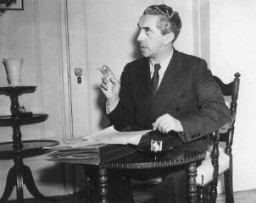
The Nazi book burnings of 1933 sparked responses from anti-Fascist organizations, Jewish groups, and writers in the United States. Learn more.
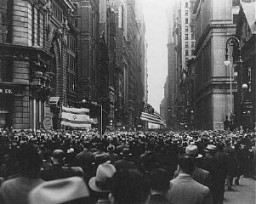
The word antisemitism means prejudice against or hatred of Jews. Sometimes called "the longest hatred," it has persisted in many forms for over 2,000 years. Learn more.
Racial antisemitism is the discriminatory idea that Jews are a separate and inferior race. This type of antisemitism dates back to the late 1800s.
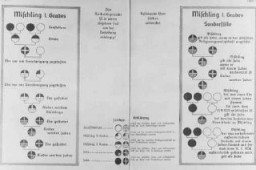
Jews in early modern Europe were subject to various laws, restrictions, and protections. Learn how these policies reinforced antisemitic stereotypes.
Learn how the rise of nationalism in Europe (1800–1918) resulted in new forms of prejudice against Jews based on political, social, and economic considerations.
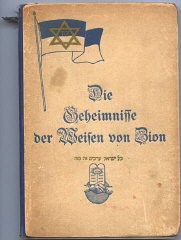
Nazi Germany waged a war of annihilation against the Soviet Union. This included brutally treating Soviet POWs and murdering them on a mass scale. Learn more.

Nazi Germany invaded the Soviet Union in 1941. Learn more about the racial and ideological motivations behind this “war of annihilation.”
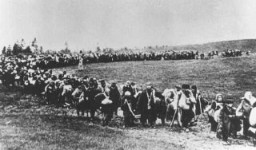
The Nazi treatment of Soviet prisoners of war (POWs) was determined by Nazi ideology. Cruel conditions included starvation, no medical care, and death.
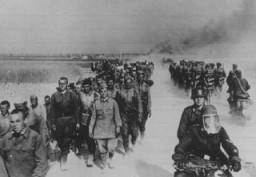
Learn more about the Nazi forced labor and mistreatment of Soviet prisoners of war (POWs) during World War II.

We would like to thank Crown Family Philanthropies, Abe and Ida Cooper Foundation, the Claims Conference, EVZ, and BMF for supporting the ongoing work to create content and resources for the Holocaust Encyclopedia. View the list of donor acknowledgement.